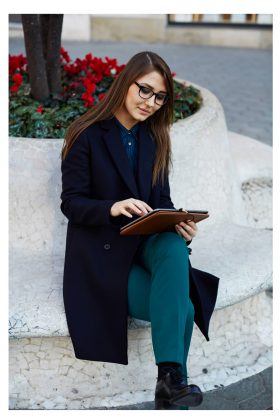19 Feb Assessment and feedback in a “new normal”

I say a new normal; in reality, this is probably an approach that should have been thought of in the old normal. One thing which is definitely the case, is that through this previous year, we have all seen the impact that technology can have on learning; assessment is a key part of that.
The obvious thing to consider at first is that we have access to technology in a way that might allow learners to express themselves in a unique way, beyond the traditional approach of writing a response to a question. That doesn’t always show deep understanding, and it also can create a barrier for many learners who might struggle with that skill. When we consider the Jobs of the Future report from the World Economic Forum, we see that the skills most in demand are problem solving, critical thinking and creativity; how do we look to develop these skills in our learners?
Last year we saw the release of the College of the Future report, identifying the need for new approaches in education to meet industry needs but also to redefine learning in the sector. Key elements that are identified include greater autonomy for learners, the need to develop their creative skills and also flexibility and inclusivity, in relation to assessment and feedback specifically, making it more personalised, providing new types of assessment and creating direct links to a vocational setting. When you consider these elements, how might we adapt what we do in the classroom to support the learners’ skills and, at the same time, assess their progress in learning?
When I first started using iPad in my teaching (11 years ago), I was delivering vocational courses. The traditional approach to assessment and feedback was all in written form. It was effective for many, but caused a barrier to learning for some. To create an inclusive course, we needed to think about the type of assessment being given to the learners. That’s where the iPad transformed the experience for both the learners and myself.
Get in touch today
Coursework was always set in a way that deepened learning through the level of knowledge the students could demonstrate; for example, the lower grades asked students to describe something, where the higher grades required more criticality and analysis. One thing that wasn’t being asked, though, was that it had to all be written. The written element in fact was causing many students not to achieve their best grades; it also limited the type of assessment and removed it from the vocational feel of the course.
Responding to the new opportunities, coursework was redefined and instead of asking for evidence to be written, it was opened up to a range of multi-media approaches. As long as learners were analyzing the content and demonstrating their knowledge, it didn’t need to be written. We ended up with posters, videos and even very basic apps being created (this was 10 years ago). The most important outcome was that students were now able to access the top grades as we had added that flexibility and autonomy to the course. The created content was also now more in line with what they might be asked to do in industry. Instead of a health and safety written report, they were making videos to show how to stay safe or apps to help with first aid.
iPad allowed us to look at the access needed by the learners, allowed them freedom in their presentation of knowledge and the accessibility of the device meant that barriers were removed. Assessment was more in line with the vocation they were learning about and they were also developing the digital skills that we now know are so important in the world.

Assessment approaches have developed since these early stages but the core approach stays the same. Give learners choice and creativity in their approach, provide feedback in a manageable and efficient way (verbal feedback saves workload and is more personal) and link assessment to real world opportunities so learners see the purpose behind what they are doing. In doing this, you not only link to the requirements of the course, the requirements of industry but also the needs of the individual learners in the classroom.
Technology is so much more than access to stuff; it’s a tool that helps learners achieve their true potential.
Mat Pullen
Apple Professional Learning Specialist
Senior Lecturer, School of Education
University of South Wales


